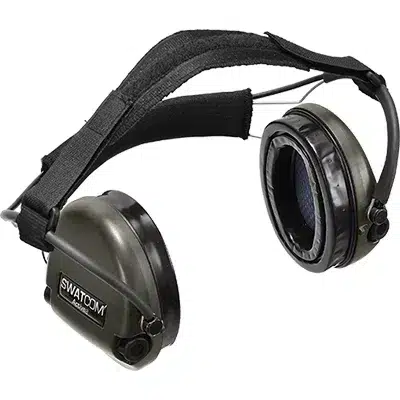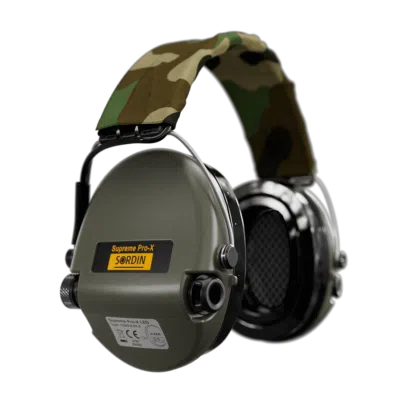Hearing Protection
Hearing protection is important for preserving your hearing in noisy environments. Our ear protection range includes Bluetooth Ear Defenders, Electronic Ear Defenders, Hard Hat Ear Defenders and Electronic Ear Plugs.
Showing 1–18 of 45 resultsSorted by popularity
-

SENA Tufftalk Lite Bluetooth Ear Defenders
£225.00 (Ex. VAT) -

SWATCOM Active8 Electronic Ear Defenders
£375.00 – £400.00 (Ex. VAT) -
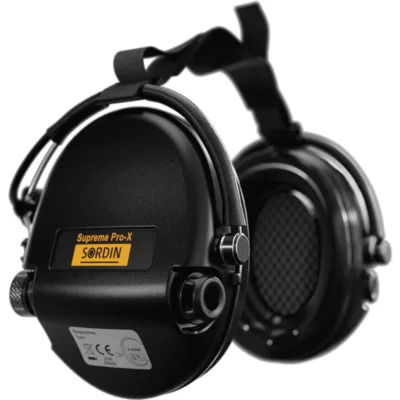
Sordin Supreme Pro-X Neckband
£259.00 – £330.00 (Ex. VAT) -

Sordin Supreme Pro X Electronic Ear Defenders
£279.60 – £315.60 (Ex. VAT) -

Sordin Supreme Pro-X Slim Electronic Ear Defenders
£327.60 (Ex. VAT) -
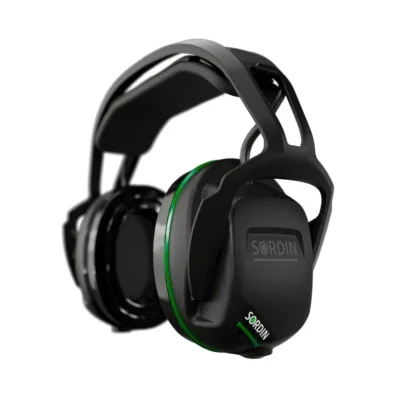
Sordin Sharp Bluetooth Ear Defenders
£313.50 (Ex. VAT) -
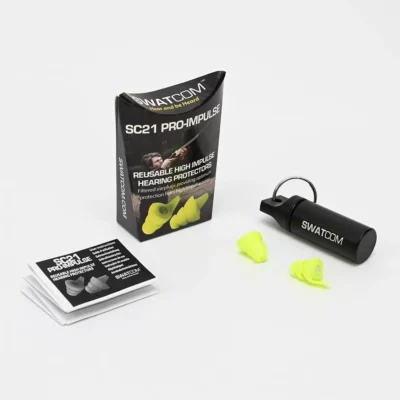
SWATCOM SC21 Pro Impulse Universal in ear hearing protection
£23.33 (Ex. VAT) -

Sordin Supreme MIL CC Tactical Headsets
£595.00 (Ex. VAT) -
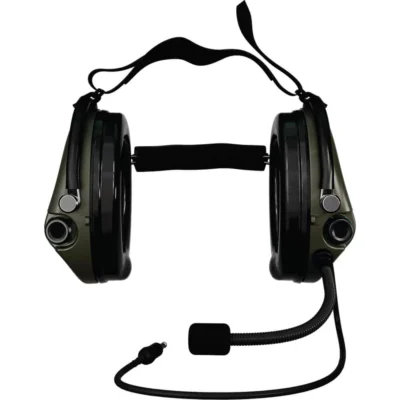
Sordin Supreme MIL CC Neckband Tactical Headset
£618.00 (Ex. VAT) -

Sordin Supreme Pro IV Electronic Ear Defenders
£246.00 – £294.00 (Ex. VAT) -

SWATCOM SC20 Electronic Ear Plugs
£195.00 (Ex. VAT) -

Sordin Share (Headband)
£1,017.50 – £1,039.50 (Ex. VAT) -
SWATCOM Active8 Electronic Ear Defenders – Neckband
£400.00 (Ex. VAT) -
Sordin left/RIGHT FM Pro Radio Ear Defenders
£125.90 (Ex. VAT) -
SWATCOM SC12 Passive Ear Defenders
£24.00 (Ex. VAT) -
Sordin Supreme Pro-X LED
£318.00 – £390.00 (Ex. VAT) -
Sordin Supreme X2 Hunting and Shooting Ear Defenders
£465.00 – £475.00 (Ex. VAT) -
Hellberg Xstream LD Bluetooth Ear Defenders
£173.26 (Ex. VAT)
SNR Explained
SNR is a Single Number Rating system. SNR values are used to compare the level of noise attenuation offered by hearing protectors. To calculate acoustic pressure on your ears, you can subtract the SNR value from the average noise level measured. For example:
- The noise level measures roughly 88 dB.
- You are wearing ear protection with an SNR of 19.
- Thus, the acoustic pressure on your ears is on average 88 – 19 = 69 dB.
The higher the SNR, the higher the level of noise attenuation provided by the hearing protection.

